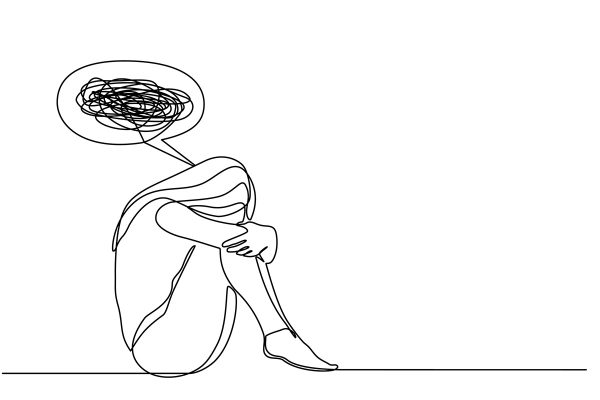Civically Engaging with Alex Zank
Gerrymandered districts: the legislative doodles that shouldn’t be hung on the fridge
February 26, 2014
Let’s start with some audience participation. Name the shape that has no artistic or scientific name, looks like a kindergartener drew it, but has serious political consequences.
That’s actually a trick question. There are lots of shapes that fit this criteria. Let’s take for example Illinois’ infamous fourth Congressional district.
The district has a nearly indescribable shape that bears the closest resemblance to the head of a bird tied to a string that leads you down a winding hallway to reveal a spruce tree at the other end.
If you want something more local, take a look at Wisconsin’s 91st State Assembly district. This is the district most of us live in, and it’s been gerrymandered just like many others in many different states.
This seemingly comical practice is in fact no laughing matter. The districts can harm the freedom of the constituencies living within their borders. They can limit the voice of the ballot for numerous demographics, whether they be ideological, racial or otherwise.
Elected officials do this by grouping certain populations together, attempting to indirectly choose what kind of politician will be elected in these areas. What this does is create fewer and fewer competitive elections.
Regular, competitive elections are a cornerstone to any healthy democracy. I know we have regularly held elections. But when you have a homogenous constituency voting the same way in district after district, how healthy of an environment is that to fostering new ideas in government, or truly holding a politician accountable in an election?
What seems to get a lot of media attention are the districts supposedly drawn to favor certain political parties. There is, however, racial gerrymandering, which creates something called majority-minority districts where a minority group makes up the majority population of a district. Mississippi’s second Congressional district is a prime example. Over 63 percent of its population is black.
It is important to note that some do support majority-minority districts. They argue that the districts ensure minority populations are able to elect representatives to public office. While this may be true, it still contributes to the problem of uncompetitive elections.
So what makes our district gerrymandered? Eau Claire was once split into different districts. There has been plenty of speculation that Wisconsin Republicans lumped the whole city into its own district as a give-me to Democrats, while making surrounding districts stronger for them.
Whether that’s true, there’s another observable consequence to doing this. Off-campus students could potentially live in a different district than those living on campus or elsewhere off campus. Now, we’re essentially all packed together. Virtually all students living in Eau Claire have their voices at the ballots limited to just one Assembly member.
I don’t know about you, but I’d like us to have a potentially larger voice in the legislature than that.
I know gerrymandering isn’t necessarily a “sexy” political issue. That’s because it is in fact the opposite. It’s hideous, and it definitely needs more attention than it’s getting. This is an issue that’s having a serious influence on our political elections in a dangerously quiet way.










